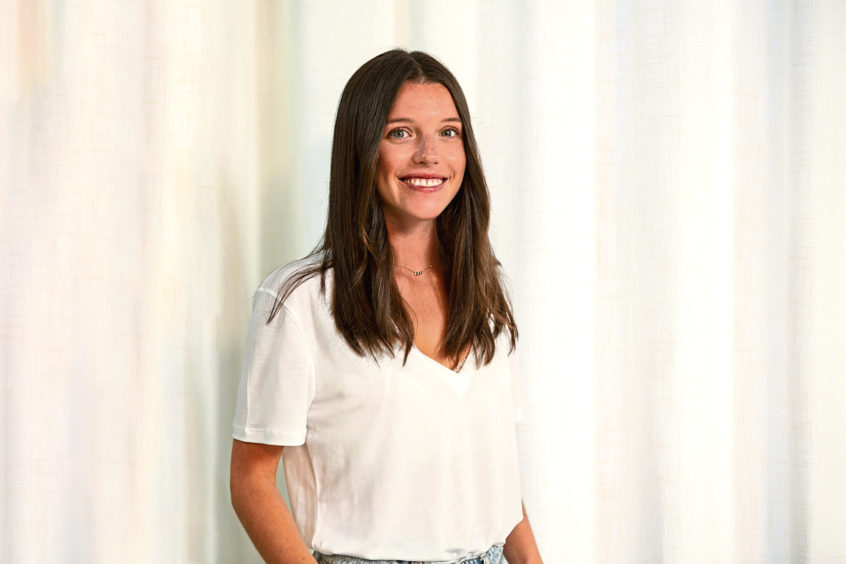
Skincare experts always extol the benefits of getting enough beauty sleep.
But have you ever considered how your night-time routine might affect your hair?
Here, Milk + Blush haircare expert Nicole Petty shares why it’s so important to treat your tresses before bed, as well as tips for improving your hair’s overall health.
Conditioning is key
According to Nicole, getting into the habit of moisturising and nourishing your hair before bed will not only boost your body’s natural haircare process, but also makes styling easier in the morning.
She explained: “Once a week, you should be applying a conditioning mask to your mane. Hair masks help infuse your hair with moisture, add a glossy shine, reduce breakage and tame frizz.
“However, with overnight masks, be careful of ingredients such as protein, apple cider vinegar and eggs, as leaving those on for longer than recommended could end up doing more harm than good.”
Silky soft
Did you know the fibres in cotton pillowcases can tug at your hair during the night, causing damage? Nicole recommends switching to silk.
“Sleep with either a silk pillow or wear a silk cap or head wrap,” she advised. “This helps to prevent split ends, as the hair is protected from dryness caused by friction from moisture-absorbing materials, such as cotton.”
All tied up
Nicole continued: “Don’t tie your hair up in a tight hairstyle while you sleep. Doing this regularly can lead to the onset of traction alopecia, and can even cause the hairline to recede. So, if you prefer to sleep with your hair off your face, it’s better to use a loose-fitting, silk scrunchy to avoid any breakages or hard pulling at the follicles.”
Brilliant braids
If you shower before bed, sleeping with wet hair could leave you all in knots come sunrise.
Nicole said: “Wet hair is more vulnerable than dry, making it easier for split ends to form or breakage to occur in the night. One of the oldest tricks in the book to prevent night-time tangles is to loosely braid your hair before you go to sleep. Not only will you avoid knotting but you’ll wake up with mermaid-esque waves.”
Curly girlie
“Curly hair is more prone to drying as its natural oils often can’t reach to the end of the strands,” said Nicole. “Limit washing to once a week and, in between washes, condition your hair every time you shower to keep it soft, shiny and tangle-free. Curly hair also requires a gentler approach to drying, so use a diffuser to spread heat evenly.”
Visit milkandblush.com

Enjoy the convenience of having The Sunday Post delivered as a digital ePaper straight to your smartphone, tablet or computer.
Subscribe for only £5.49 a month and enjoy all the benefits of the printed paper as a digital replica.
Subscribe © SYSTEM
© SYSTEM